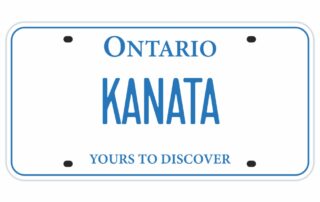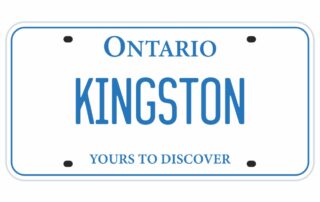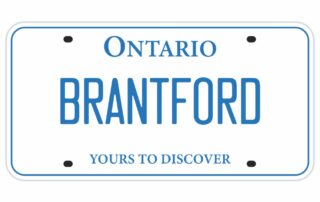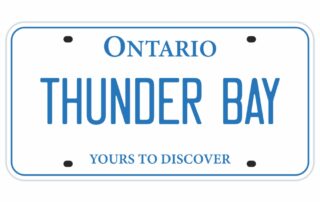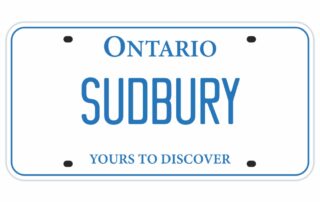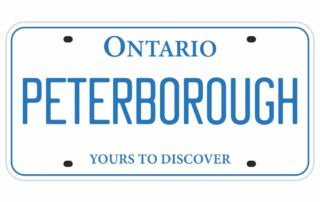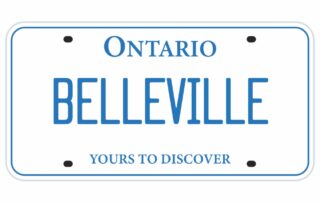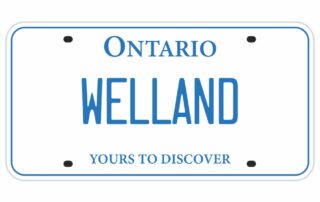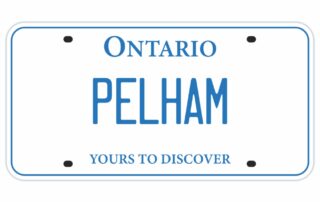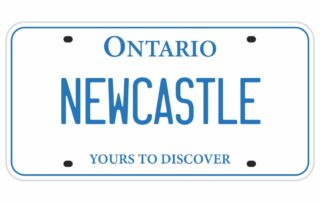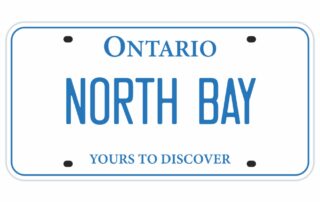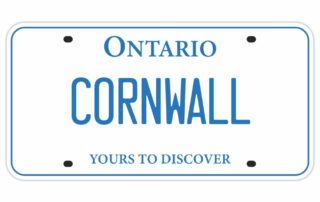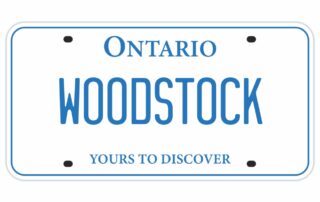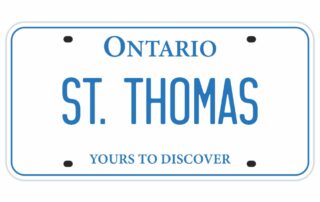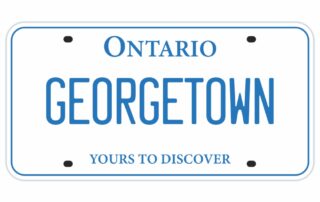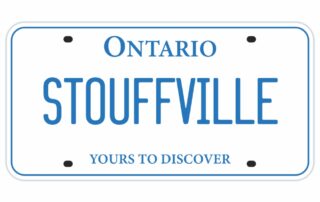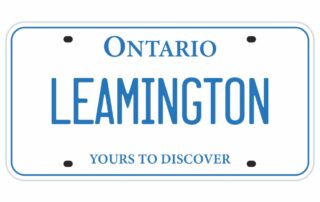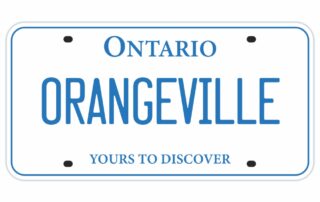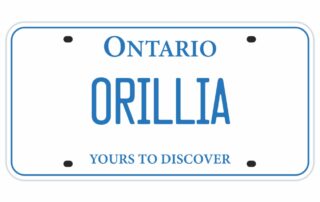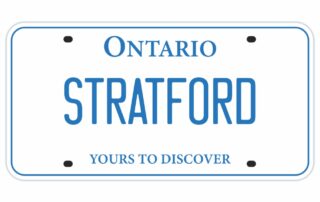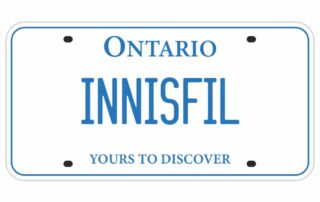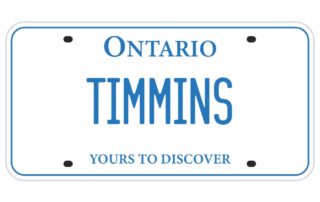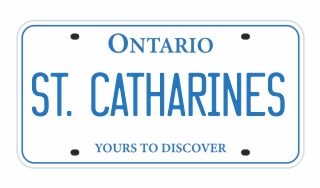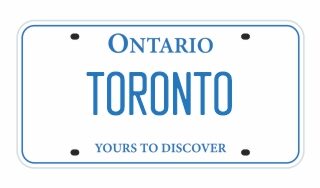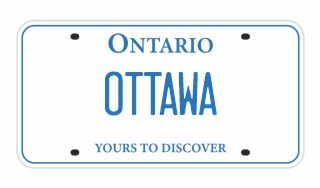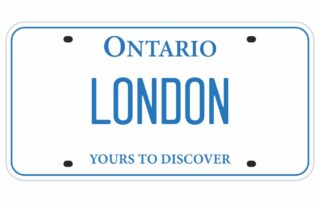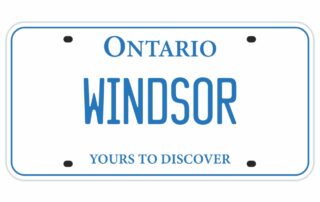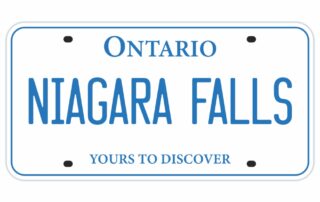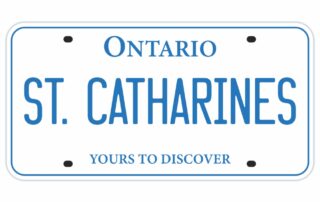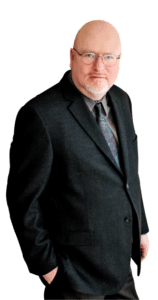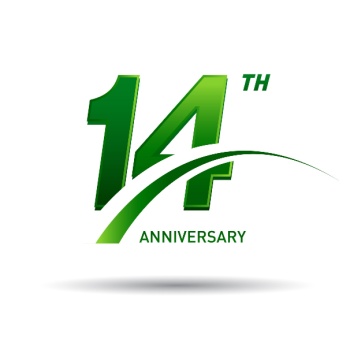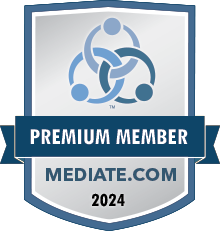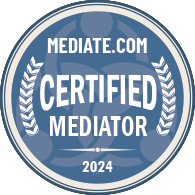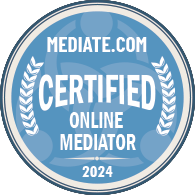LIRA Statements in Divorce: A Complete Guide to Financial Disclosure

During a divorce in Canada, full financial disclosure is key to a fair settlement. Locked-In Retirement Account (LIRA) statements are critical financial documents that must be disclosed and analyzed. This guide explains what LIRA statements are, how to get them and their importance in divorce financial disclosure and asset division.
LIRA Statements for Divorce Financial Disclosure
A Locked-In Retirement Account (LIRA) Statement is a financial document that shows the pension funds transferred from a pension plan and held in a LIRA investment account. These accounts are used by former pension plan members, former spouses or partners or surviving spouses or partners.
The LIRA statement shows all investments in the account, including current balance, contributions and any gains or losses. During a divorce, these statements are essential for full financial disclosure and to determine the value of marital assets. Family courts rely on these documents to calculate net family property and divide retirement assets fairly.
Where do I get a LIRA Statement?
When preparing for financial disclosure for divorce, you’ll need to get all LIRA documentation. LIRA statements can come from different sources depending on how the account is managed:
LIRA Documents from Financial Institutions
- Bank LIRA Records: If your LIRA is held at a financial institution, you can request statements directly from your bank. Most Canadian banks provide paper statements and digital versions through online banking.
- Investment Firm Documentation: If your LIRA contains stocks, bonds or mutual funds, your investment firm will have records of your account’s performance and current value.
LIRA Statements from Financial Professionals
- Accountant Records: Accountants often keep financial records, including LIRA statements, especially if they handle your retirement planning or tax preparation.
- Financial Planner Files: Financial planners who manage your retirement assets as part of your overall financial plan should have copies of all LIRA statements.
- Personal Files: Check your personal files, whether physical or digital, as most people keep copies of financial statements for tax purposes.
- Tax Return Attachments: Tax documents may have information about your LIRA, especially if you received tax slips for income or contributions to the account.
Other Names for LIRA Documents in Financial Disclosure
When gathering documents for divorce, be aware that LIRA statements may be called different names across Canadian provinces:* Locked-In Retirement Savings Plan (LRSP) Statement: In federal jurisdictions and some provinces like Ontario, LIRA and LRSP are quite similar and these terms are often used interchangeably in financial disclosure documents.
- Locked-In RRSP Statement: Some financial institutions may use this terminology in their documentation.
- Pension Lockbox Statement: An informal term sometimes used to describe LIRA accounts in divorce proceedings.
LIRA Statement Dates for Divorce
The date of your LIRA statement is important for full financial disclosure in family law and divorce cases. When preparing for settlement negotiations or court proceedings, you need LIRA valuations from these specific dates:
- Current Valuation Date: Provides the most recent balance and activity in your LIRA, essential for up-to-date financial disclosure.
- Date of Marriage/Cohabitation: Shows the value of the LIRA at the beginning of the relationship, establishing a baseline for calculating matrimonial growth in retirement assets.
- Date of Separation: Documents the LIRA value when the relationship ended, which is critical for net family property calculations and equalization payments in Canadian divorce law.
LIRA Statement Structure and Content
Understanding how to read LIRA statement components is important for full financial disclosure during divorce. A typical LIRA statement includes:
- Account Information Section: Contains account number, holder’s name, financial institution details and registration information, and registration information.
- Holdings Summary Section: Lists investment types within the LIRA (bonds, GICs, mutual funds) along with current market values, which directly impact asset division calculations.
- Transaction History Section: Details all account activity, including contributions, transfers and income earned during the marriage, to establish which portions are matrimonial assets.
- Fee Structure Section: Outlines management or administrative fees charged to the account, which may affect the net value available for division in divorce settlements.
Financial Disclosure Tip: Request sample Locked-In Retirement Savings Plan statements from your financial institution before your separation date to understand what information will be available for disclosure. This proactive approach can help you prepare better for the financial aspects of your divorce proceedings.
LIRA Ownership and Financial Disclosure
In divorce proceedings, knowing who owns LIRA assets is important for full financial disclosure:* Individual Account Holder: The LIRA statement is owned by the individual account holder (either spouse in a marriage). It is not a joint document, so each person must provide their own statement if both have LIRA accounts.
- Disclosure Requirements: Canadian family law requires full disclosure of all LIRA assets, regardless of when they were acquired. Failure to disclose LIRA statements can result in penalties and settlement complications.
How to Get Your LIRA Statement for Legal Purposes
Getting all LIRA documentation for divorce financial disclosure can be done through:
Direct Request Methods for LIRA Statements
- Mail Statement Requests: Most financial institutions send LIRA statements by mail on a monthly, quarterly or annual basis. Contact your bank to confirm your mailing address and statement frequency preferences.
- Electronic Statement Access: Many Canadian financial institutions offer e-statements via email or secure online portals. This electronic format is valid for financial disclosure purposes.
- Online Banking Retrieval: If you use online banking, you can download LIRA statements directly from your account, often with historical data going back several years.
Third-Party Assistance for LIRA Documents
- In-Person Bank Visits: Visit your financial institution with proper identification to request printed copies of LIRA statements for specific date ranges relevant to your divorce proceedings.
- Financial Advisor Requests: If your LIRA is managed by a financial advisor or planner, they should have all records and can provide copies for your legal requirements.
- Legal Discovery Process: If you cannot find your LIRA statements, your lawyer can request these documents through the formal discovery process in your divorce proceedings.
Why LIRA Statements Matter in Divorce Settlements
LIRA statements are crucial in financial negotiations and legal decisions during divorce or separation in Canada:
LIRA Values in Net Family Property Calculations
- Asset Equalization Process: The value of the LIRA must be included in net family property to calculate equalization payments between spouses.
- Growth During Marriage Assessment: LIRA statements from marriage and separation dates allow to calculate the growth in value during the relationship, which is usually divided.
- Debt Assignment Considerations: If there are outstanding loans against a LIRA, the statement will show this liability, affecting overall net family property calculations.
Tax Implications of LIRA Division in Divorce* Deferred Tax Liability: LIRA values are taxable upon withdrawal. When assessing their value for settlement purposes, the deferred tax implications must be considered.
- Tax-Efficient Transfer Options: Under the Income Tax Act, LIRA transfers between spouses can be tax-free if done as part of a court order or written separation agreement.
- Provincial Tax Considerations: Different Canadian provinces have different tax rules for LIRA division in divorce, so provincial-specific documentation is required.
LIRA Statement Analysis for Fair Division
Professional analysis of LIRA statements ensures equal division of these complex assets:
- Pre-Marriage Value Identification: Proper analysis can determine what portion of the LIRA existed before marriage, potentially protecting these assets from division.
- Matrimonial Growth Calculation: Financial experts can calculate the exact growth of LIRA assets during the marriage period to determine the divisible portion.
- Investment Performance Assessment: A thorough analysis can distinguish between growth from contributions versus investment performance, which may impact division strategies.
- Fee Impact Evaluation: Professional review can identify how management fees have affected the true value of LIRA assets available for division.
Provincial Variations in LIRA Rules for Divorce
LIRA rules vary across Canadian provinces, so how these assets are treated in divorce proceedings:
- Ontario LIRA Rules: In Ontario, LIRAs are governed by the Pension Benefits Act, which has specific provisions for division upon marriage breakdown.
- British Columbia LIRA Regulations: BC’s Family Law Act has different provisions for pension division that affect how LIRA statements are analyzed and assets divided.
- Quebec LIRA Guidelines: Quebec’s Civil Code has unique requirements for LIRA division that are different from common law provinces.
- Alberta LIRA Framework: Alberta’s legislation has specific formulas for calculating the divisible portion of locked-in retirement accounts.
How Divorce Professionals Use LIRA Statements
LIRA statements are used by various professionals involved in your divorce settlement:
- Certified Divorce Financial Analysts (CDFA): These specialists analyze LIRA statements to determine accurate valuations and recommend optimal division strategies to minimize tax implications.
- Family Lawyers: Legal counsel uses LIRA documentation to ensure compliance with financial disclosure requirements and to advocate for fair asset division based on documented values.
- Mediators: In divorce mediation, LIRA statements provide objective financial data to facilitate neutral, informed negotiations about retirement asset division.* Pension Valuators: For more complex cases involving multiple pension transfers, these experts can perform detailed actuarial calculations of LIRA values.
The LIRA Statement will be included in the Financial Statement Section of your Family Law Financial Statements under Bank Accounts, Savings, Securities, and Pensions.
Pre-marriage LIRA value is typically excluded property that can be protected with proper documentation.
Yes, here are ways to protect LIRA assets acquired before marriage:
- Excluded Property: In most Canadian provinces, the value of your LIRA at the date of marriage is considered excluded property not subject to division.
- Documentation: Keep records of your LIRA value at the time of marriage, including statements dated as close as possible to your wedding date.
- Domestic Contracts: A prenuptial or marriage agreement can specify how LIRA assets will be treated upon relationship breakdown, potentially protecting more than the standard excluded portion.
- Tracing: Keep records that clearly distinguish pre-marriage assets from those accumulated during the relationship.
Remember, family law varies by province, so consult with a family law professional familiar with your province’s legislation to protect your retirement assets effectively.
The basic formula is Separation Date Value minus Marriage Date Value equals Matrimonial Portion.
Calculating the matrimonial portion of a LIRA follows this fundamental formula:
Value at Separation Date – Value at Marriage Date = Matrimonial Portion
However, several factors can complicate this calculation:
- If the LIRA was created during the marriage from a pension transfer
- When contributions were made during the marriage
- If withdrawals occurred during the relationship
- When the account experienced significant market fluctuations
For complex situations, professional valuation from a financial analyst specializing in divorce matters is recommended. These experts can provide detailed reports that account for all relevant factors and help ensure an equitable division of assets.
Investment losses during marriage are typically shared between spouses just like gains would be.
Market fluctuations affect LIRA values and if your account has decreased in value during your marriage, that reduced value is the basis for division calculations. Both investment gains and losses during the marriage period are shared between spouses according to provincial family law formulas. This means your spouse shares not only in the growth of your investments but also in any declines. The actual separation date value, not a historical high value, is what courts generally consider when determining the matrimonial portion to be divided.
Only the portion of your LIRA that accumulated during marriage is typically divided equally.
In most Canadian provinces, LIRA assets are divided according to the “matrimonial portion” principle. This means only the growth that occurred during your marriage is divided, not the whole account. To calculate this, the value at the date of marriage is subtracted from the value at separation, and the resulting difference is what’s divided equally between spouses.
The actual division can be done through:
- Pension division orders to split the account
- Lump-sum equalization payments where one spouse keeps the LIRA and pays the other
- Tax-free transfers of the required portion to the spouse’s retirement account
Your LIRA information remains private unless legally required during divorce proceedings.
Financial institutions will not release your Locked-In Retirement Account (LIRA) information to your spouse without your consent. But during divorce, full financial disclosure is mandatory. If you’re going through a separation or divorce, you’ll likely be required to provide all LIRA statements as part of your financial disclosure. If you refuse to provide these documents, the court can order your financial institution to release them directly to the lawyers involved in your case.
Special Considerations for LIRA Division in Divorce Settlements
- Pre-Marriage Ownership: If your spouse had a LIRA before marriage, this pre-existing value typically counts as a deduction on their marriage date and may reduce their net family property obligation.
- Negotiated Agreements: Not every divorce requires division of all assets equally. You and your spouse may agree to divide certain assets differently or keep specific retirement accounts intact while equalizing with other assets.
- Tax-Optimized Transfer Strategies: Work with financial professionals to structure LIRA divisions in the most tax-efficient manner possible, potentially saving thousands in unnecessary tax payments.
- Future Value Considerations: When negotiating settlements, consider the future growth potential of LIRA investments compared to other assets being divided.
Document Gathering Best Practice: Document gathering is a time for precision, not estimation. There can be no mistakes, no misunderstandings, no secrets. It’s the only way that both spouses can be protected. After you and your spouse reach an agreement, and before you sign anything, you should get your lawyer to review your financial disclosure to make sure you’re fully aware of your family’s financial position.
Steps to Ensure Complete LIRA Financial Disclosure in Divorce
- Request Historical Statements: Obtain LIRA statements from the date of marriage, date of separation, and current date.
- Document Contributions: Create a record of all contributions made to the LIRA during the marriage.
- Identify Transfers: Note any pension transfers into the LIRA, including their origin and timing.
- Consult Professionals: Have financial experts review your LIRA documentation before finalizing any settlement.
- Update Beneficiaries: After divorce, remember to update LIRA beneficiary designations as needed.
Need Help With LIRA Valuation for Your Divorce?
For personalized assistance with analyzing your LIRA statements for divorce proceedings, contact our certified divorce financial analysts today. Our experts can help ensure your financial disclosure is complete and your retirement assets are fairly evaluated.
What happens to your retirement savings in a divorce?

Related Documents:

Ken Maynard CDFA, Acc.FM
I assist intelligent and successful couples in navigating the Divorce Industrial Complex by crafting rapid, custom separation agreements that pave the way for a smooth transition towards a secure future. This efficient process is achieved in about four meetings, effectively sidestepping the excessive conflicts, confusion, and costs commonly linked to legal proceedings. Clients have the flexibility to collaborate with me either via video conference or in-person through a DTSW associate at any of our six Greater Toronto mediation centers, located in Aurora, Barrie, North York, Vaughan, Mississauga, and Scarborough.






